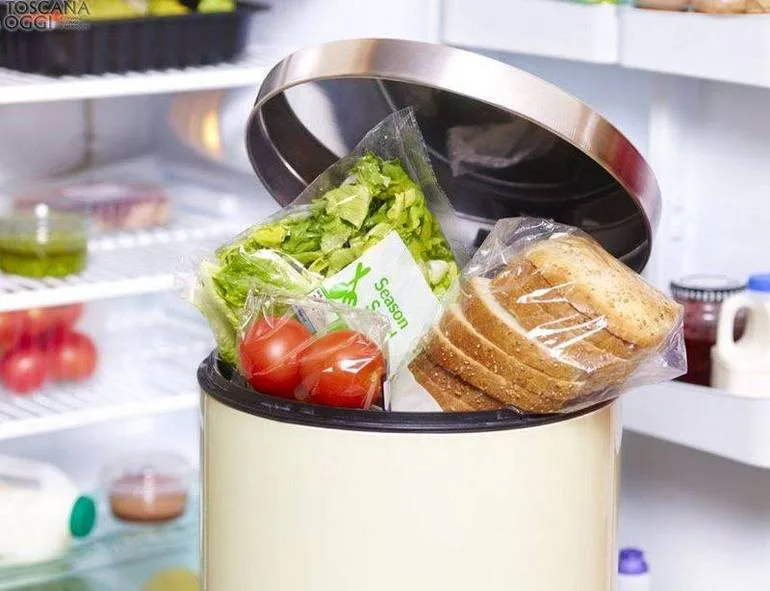Brussels – The new targets proposed by the EU executive to reduce the nearly 60 million tons of food waste generated annually by member countries are not enough. The European Parliament’s Environment Committee (ENVI) is raising the bar and calling for increased targets, requiring cutting waste by 20 per cent in food production and processing and 40 per cent in retail, restaurants and households by 2030.
With 72 votes in favour, no votes against, and three abstentions, MEPs today (Feb. 14) adopted their position on the revision proposal of the Waste Framework Directive. The European Commission had set binding targets of a 10 per cent reduction for processing and production and 30 per cent for retail, food services, and households. However, MEPs insist on more ambitious percentages based on the annual average generated between 2020 and 2022. The ENVI committee also called for the commission to assess the possibility and submit appropriate legislative proposals to introduce higher targets for 2035 (at least 30 and 50 per cent, respectively).
The parliament, just as in the commission’s proposal, also agreed to exclude—at least initially—farmers from constraints on food waste generation. But ENVI MEPs have included in the text a request for an assessment, by Dec. 31, 2025, of “appropriate levels for the establishment of targets for the reduction of all primary production food waste, including mature food not harvested or used on farms.”
To curb food waste—which goes hand in hand with an economic loss of 132 billion euros a year, plus 9 billion for waste collection and treatment—the EU is set to take further measures, summarized by the rapporteur for the parliament, Anna Zalewska: “We provide targeted solutions to reduce food waste, such as promoting ‘ugly’ fruits and vegetables, keeping an eye on unfair market practices, clarifying the date of labelling, and donating unsold but consumable food.”
Tightening up on textile waste producers
Along with the 131 kilograms of food waste each European citizen produces yearly, there are also 12 kilograms of textile waste per capita. In total, 12.6 million tons of textile waste is thrown away in the 27 member countries, of which less than 1 per cent is recycled. The new rules suggested and adopted by the ENVI committee would establish extended producer responsibility (EPR) schemes to make economic operators who put textile products on the market responsible for the entire life cycle of textile products. In other words, to make them cover the costs of their separate collection, sorting, and recycling.
Member states should establish these schemes 18 months after the directive comes into force, compared to the 30 months proposed by the commission. At the same time, by Jan. 1, 2025, they should ensure the separate collection of textile waste—clothing and accessories, blankets, bedding, curtains, hats, footwear, mattresses, and carpets—for reuse and recycling.
The path to adoption of the new targets is still long and uncertain: the parliament will vote on its position during the March 2024 plenary session and then leave the dossier and negotiations with member states of the new parliament, which will take office after the June 6-9 European elections.





![Il presidente della Repubblica, Sergio Mattarella (sinistra), con il presidente del Consiglio Europeo, Antonio Costa [Bruxelles, 20 maggio 2025. Foto: Quirinale]](https://www.eunews.it/wp-content/uploads/2025/05/mattarella-costa-120x86.jpeg)


